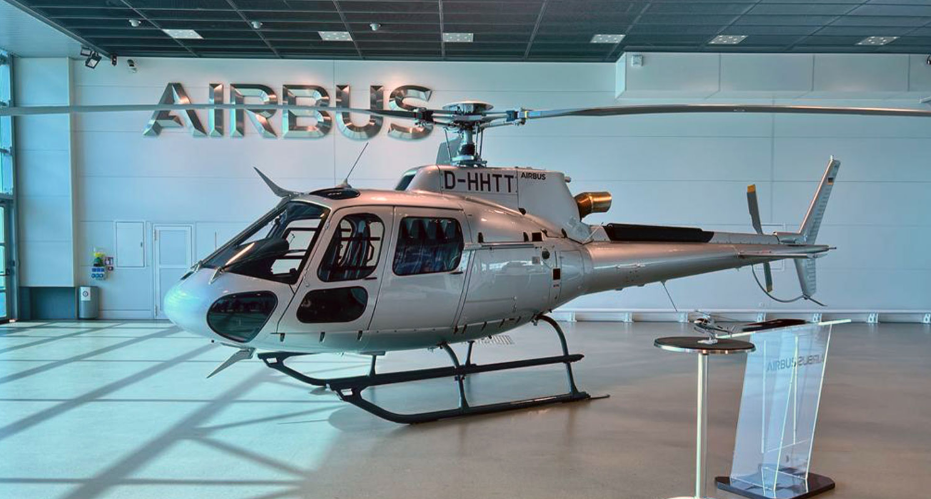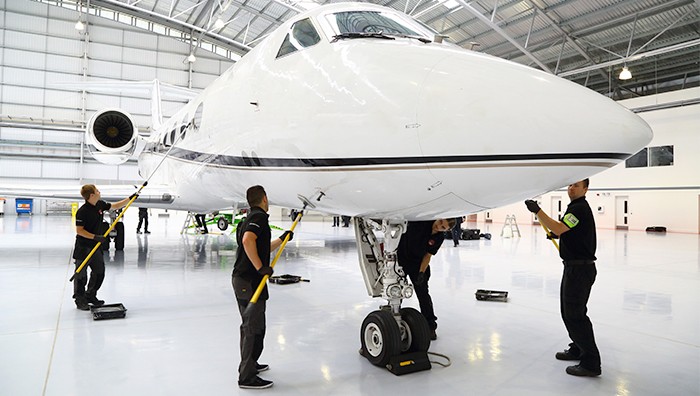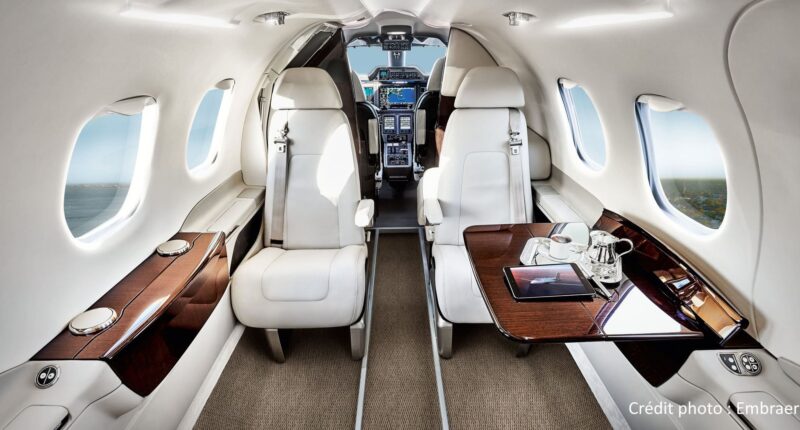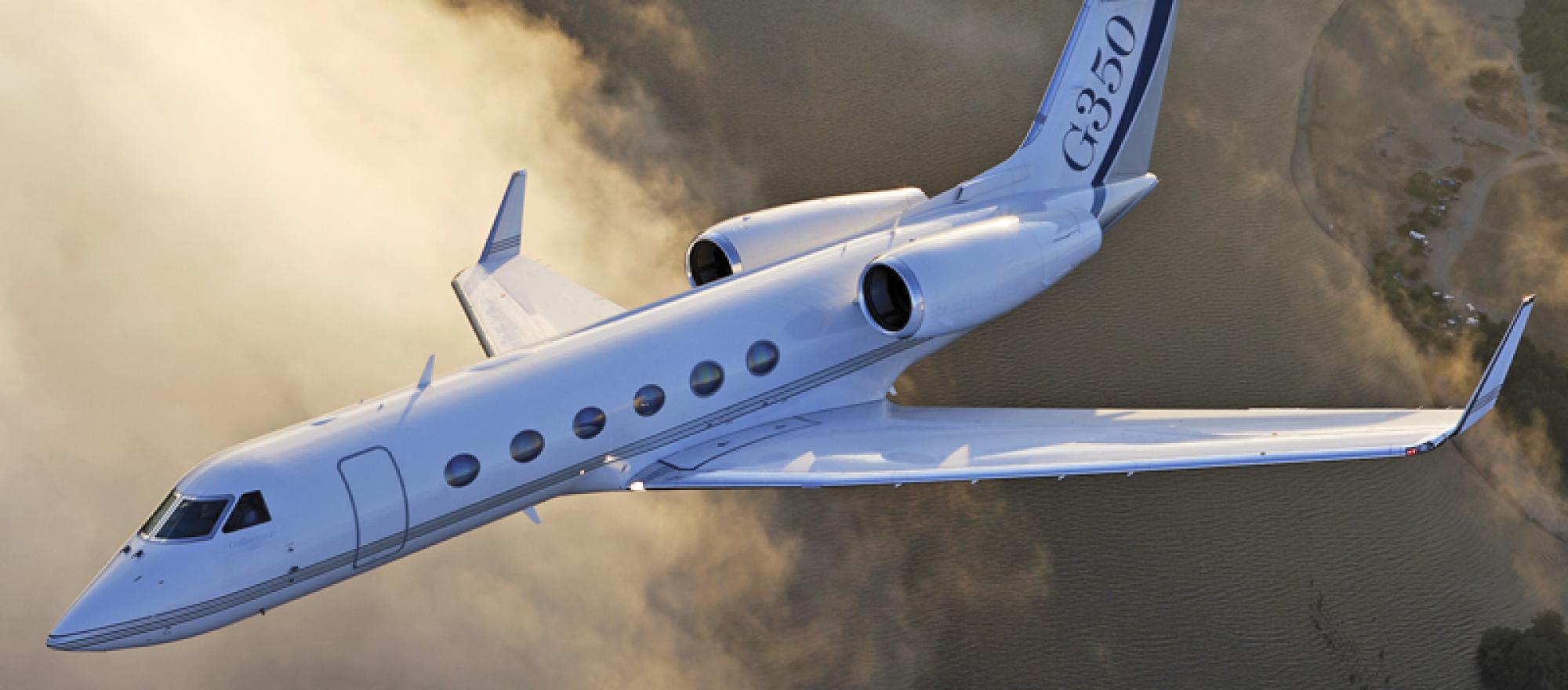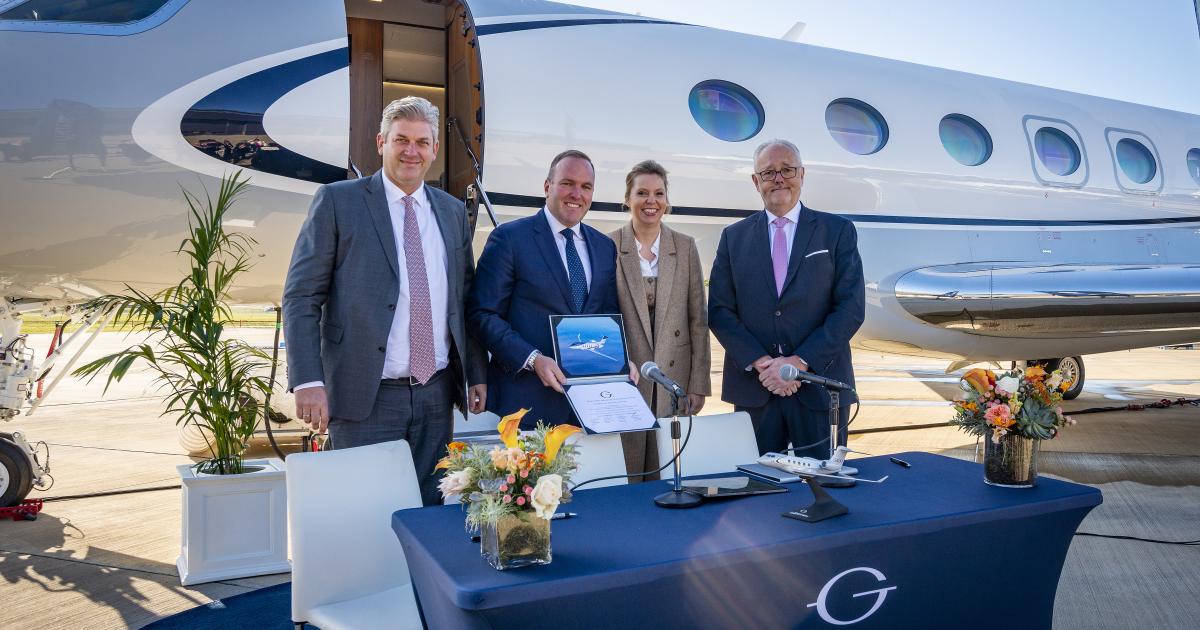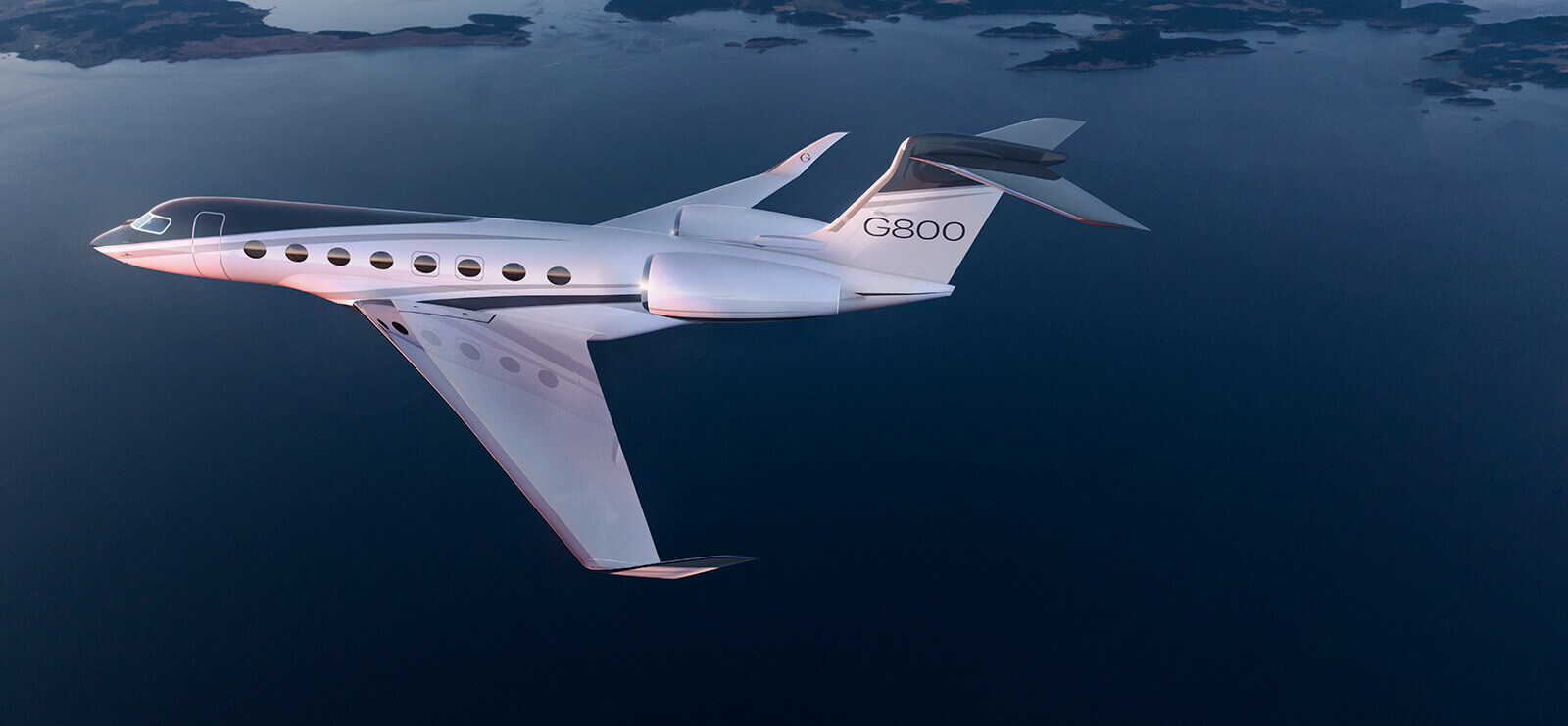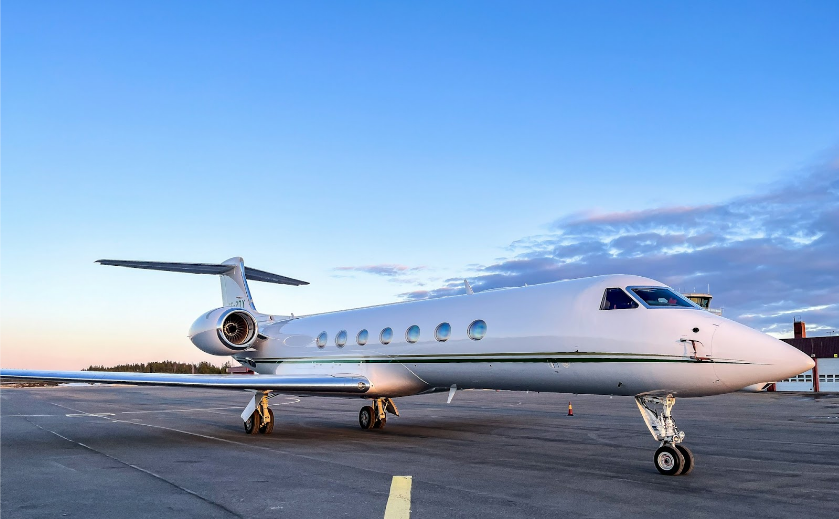The Challenger 601: A Business Jet That Found Its Wings
7 min read
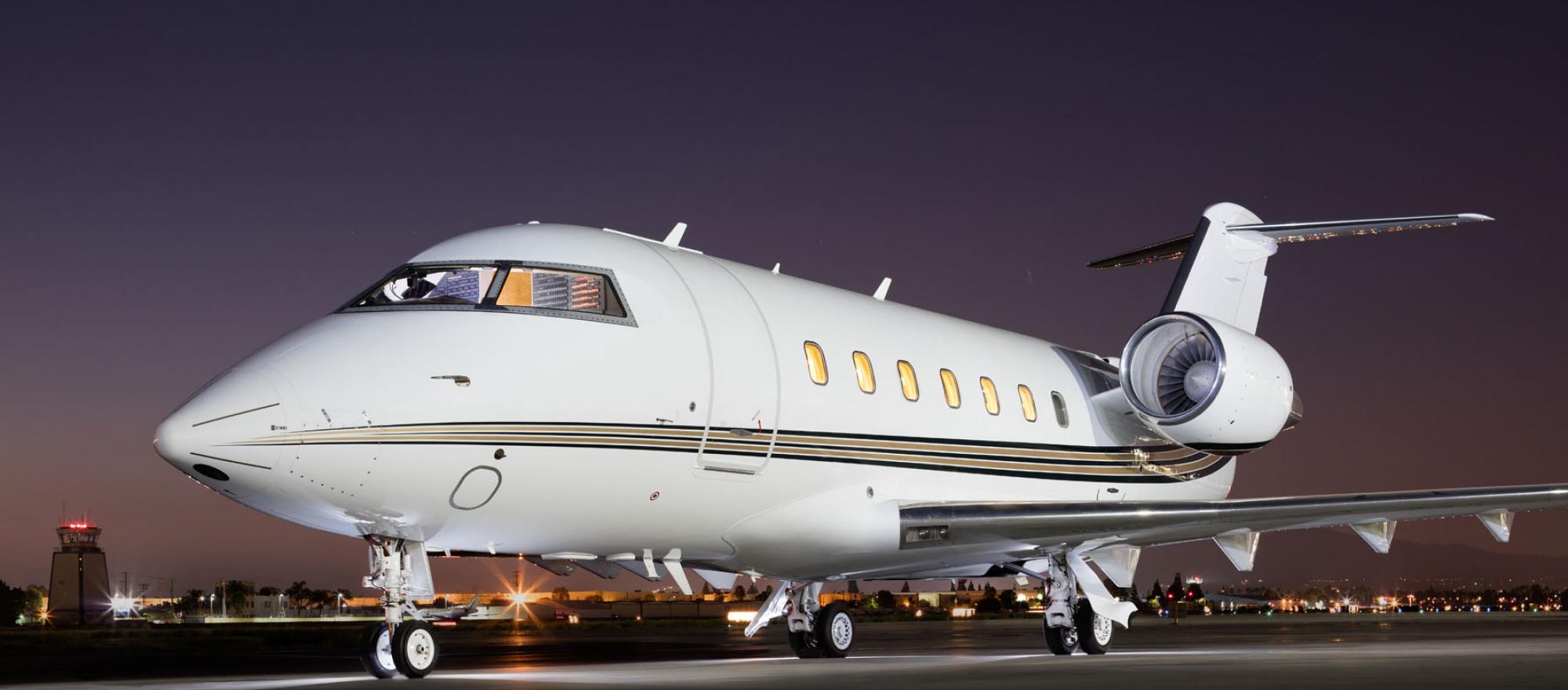
You know, sometimes the best stories in aviation come from the comebacks. The 1983 Canadair Challenger 601 is one of those stories. A tale of how engineers took a promising but flawed aircraft and turned it into something genuinely special.
The original Challenger 600 was... well, let's just say it had issues. Underperforming engines, fuel consumption that made accountants weep, and then that tragic test flight crash in April 1980 that nearly killed the entire program. But instead of walking away, Canadair decided to fix what was broken.
But to understand why the 601 mattered so much, you need to know where it came from.
Starting Over, Sort Of
The whole Challenger concept started with Bill Lear's ambitious vision. He wanted a business jet with a supercritical wing for efficiency and, crucially, a cabin you could actually stand up in. After Canadair acquired the project, they secured Canadian government funding to meet FAA Part 25 standards, essentially building it to airline-level requirements rather than typical business jet standards.
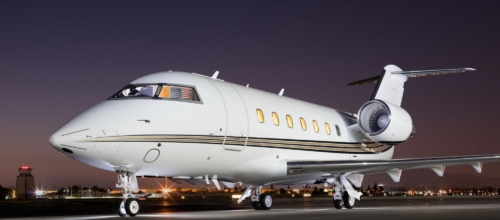
The original Challenger 600 first flew in November 1978 and got certified in 1980, but it quickly became clear something was seriously wrong. Performance fell short of promises. And then came that devastating test flight crash in April 1980 due to deep stall characteristics; a tragedy that claimed crew lives and nearly ended the program entirely.
But Canadair wasn't ready to give up on Lear's vision. What they came up with was the 601-1A, and honestly, it was almost like designing a new airplane. The Lycoming engines in the 600? Gone. In their place came General Electric CF34-1A turbofans that actually delivered on their promises. Better thrust, much better fuel efficiency, and reliability you could count on.
They added winglets, too, still a relatively fresh concept in 1982. Today, we see them everywhere, but back then, they were cutting-edge tech that genuinely worked to reduce drag and stretch range.
When that first 601 prototype took off in April 1982, you could almost feel the collective breath-holding at Canadair. This time, though, they'd gotten it right. The aircraft hit its numbers. Operators were happy. Orders started flowing in, and the Challenger finally found its market among corporate users, government operators, and military customers.
Where It Really Shines
Here's the thing about the 601: it was built for distance, and boy, does it deliver. We're talking about genuine long-range capability in an era when most business jets were limited to regional hops.
The early 601-1A could cruise at 443 knots and stretch out to 3,450 nautical miles with reserves. Not bad, but the later 601-3A Extended Range version? That's where things got interesting.
- Range: Up to 4,000 nautical miles
- Cruise speed: 510 mph at altitude
- Service ceiling: 45,000 feet
- Payload capacity: 4,750 pounds (ER variant)
Those GE CF34 engines were the real game-changers here. Producing between 8,650 and 9,220 pounds of thrust, depending on which variant you're looking at, they gave the 601 serious climbing ability. Getting up to 41,000 feet for initial cruise wasn't a problem, and you had another 4,000 feet of ceiling available if you needed it.
But here's what really mattered to operators: fuel burn. At high-speed cruise, you're looking at about 249 gallons per hour. That might not sound revolutionary now, but for a heavy jet in the 1980s, it was genuinely efficient. Combine that efficiency with up to 2,645 gallons of fuel capacity in the ER variant, and you start to see how those impressive range numbers became possible.
The Cabin That Changed Everything
Walk into a Challenger 601 for the first time, and you immediately understand why this aircraft was such a big deal. This wasn't just another cramped business jet where you spent the entire flight hunched over. At 8 feet 2 inches wide and 6 feet 1 inch high, you could actually stand up and move around like a human being.
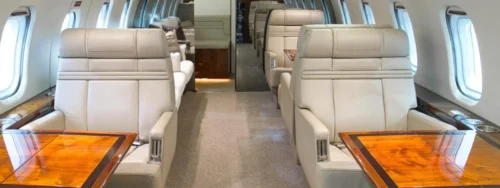
The cabin stretches 28 feet 4 inches, giving you 1,035 cubic feet of space, which is genuine wide-body territory. Most configurations seated 9 to 11 passengers comfortably, though you could squeeze up to 19 if you really needed to for shuttle operations.
What struck me about the layout was how thoughtfully it was designed. Up front, there's a proper galley, not some afterthought wedged into a corner, but a real workspace with microwave, sink, and coffee maker.
The main cabin typically featured a four-place club section forward with a conference area or divan setup aft.
That divan wasn't just for show, either. It converted to a bed, making overnight flights actually restful. The seats themselves were fully reclining, swiveling, and track-mounted, so you could reconfigure things for different missions.
The little details mattered too: individual reading lights, 110V power outlets (pretty advanced for 1983), foldaway tables, dual wardrobes. The entertainment system included DVD/CD players with cabin-wide audio, which was high-tech stuff back then.
Here's something clever: that 115-cubic-foot baggage compartment was accessible in-flight from the cabin. No more discovering you'd packed something essential in the wrong bag halfway through a transatlantic flight.
But perhaps most impressive was how quiet it all was. Noise levels at cruise hovered around 50 decibels. You could have normal conversations without raising your voice, creating that luxurious atmosphere where the cabin felt more like a corporate boardroom than an airplane interior.
Tech That Mattered
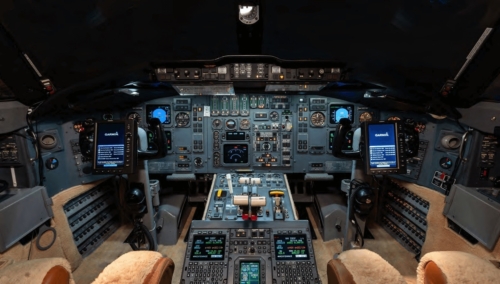
The 601's avionics were pushing boundaries, too. Honeywell's SPZ-8000 integrated digital suite was genuinely cutting-edge for the early 1980s. Those four-tube CRT displays gave pilots a much cleaner view than traditional steam gauges, and the laser inertial navigation was crucial for long-range missions.
Later variants got even better tech. The 601-3A featured five-tube EFIS and the Honeywell Pegasus flight management system that could optimize flight paths and calculate fuel burns with an ease that made transcontinental routing almost effortless.
What's remarkable is how well these systems aged. Many operators found the original avionics reliable enough for daily operations, though modern retrofits can add GPS and synthetic vision for those who want the latest tech.
The Money Talk
Here's where things get really interesting if you're shopping for one today. As of 2025, you can find pre-owned 601s, mostly 601-3A models, ranging from $1.5 million to $3.8 million depending on condition, total time, and upgrades.
For an aircraft that can genuinely handle transcontinental and transatlantic missions, that's a remarkably affordable entry into long-range private aviation. Sure, it's not the newest thing flying, but the value proposition is hard to argue with.
Operating costs run moderately for a heavy jet, though fuel prices obviously play a big role. At 200 hours annually, you're looking at roughly $7,222 per hour, with about $1.44 million total budget.
- Fuel: ~51% of operating costs (~$476,000 annually)
- Maintenance: ~$197,000
- Engine reserves: ~$149,500
- Fixed costs: ~$512,000 (crew, hangar, insurance, management)
Those CF34 engines are generally reliable, keeping maintenance straightforward. Engine overhauls are still a reality, plan on $1-2 million per event every 6,000-10,000 hours, but for most operations, it's manageable when spread over the engine's life cycle.
The Real Talk: Pros and Cons
What You'll Love: The range and efficiency still impress after all these years. Up to 4,000 nautical miles means genuine transatlantic capability, and those CF34 engines sip fuel compared to competitors.
That wide-body cabin remains exceptional; airline-like space with low noise levels that rival much larger jets. These are "bulletproof" aircraft too, with many units still flying strong after 40+ years. They handle short fields well and adapt to different missions beautifully.
What You Won't: Age shows in the avionics unless you've done retrofits. No modern fly-by-wire systems or the latest tech without significant upgrades. Payload gets tricky with full fuel; you're limited to around 1,300 pounds with topped-off tanks, so heavy loads require careful planning.
The abundant supply keeps values low, which is great for buyers but not so much if you're selling. Parts availability can be hit-or-miss for older variants, and climb performance lags behind some peers, especially in early models.
Bottom Line
The 1983 Challenger 601 transformed a struggling program into a benchmark for what a super-midsize jet could be. That innovative wide cabin and reliable powerplant created something genuinely special, an aircraft that delivers luxury and range without ultra-high-end premiums.
It's perfect for corporate teams or families who regularly cross oceans and want genuine comfort without paying Gulfstream money. The fact that hundreds remain active after four decades speaks to solid engineering that got the fundamentals right.
If you're shopping for one, focus on low-time airframes with recent C-checks. The 601 isn't the flashiest option anymore, but it's still one of the smartest for operators who understand what really matters in long-range business aviation. Sometimes the best choice isn't the newest one, it's the one that simply works.
